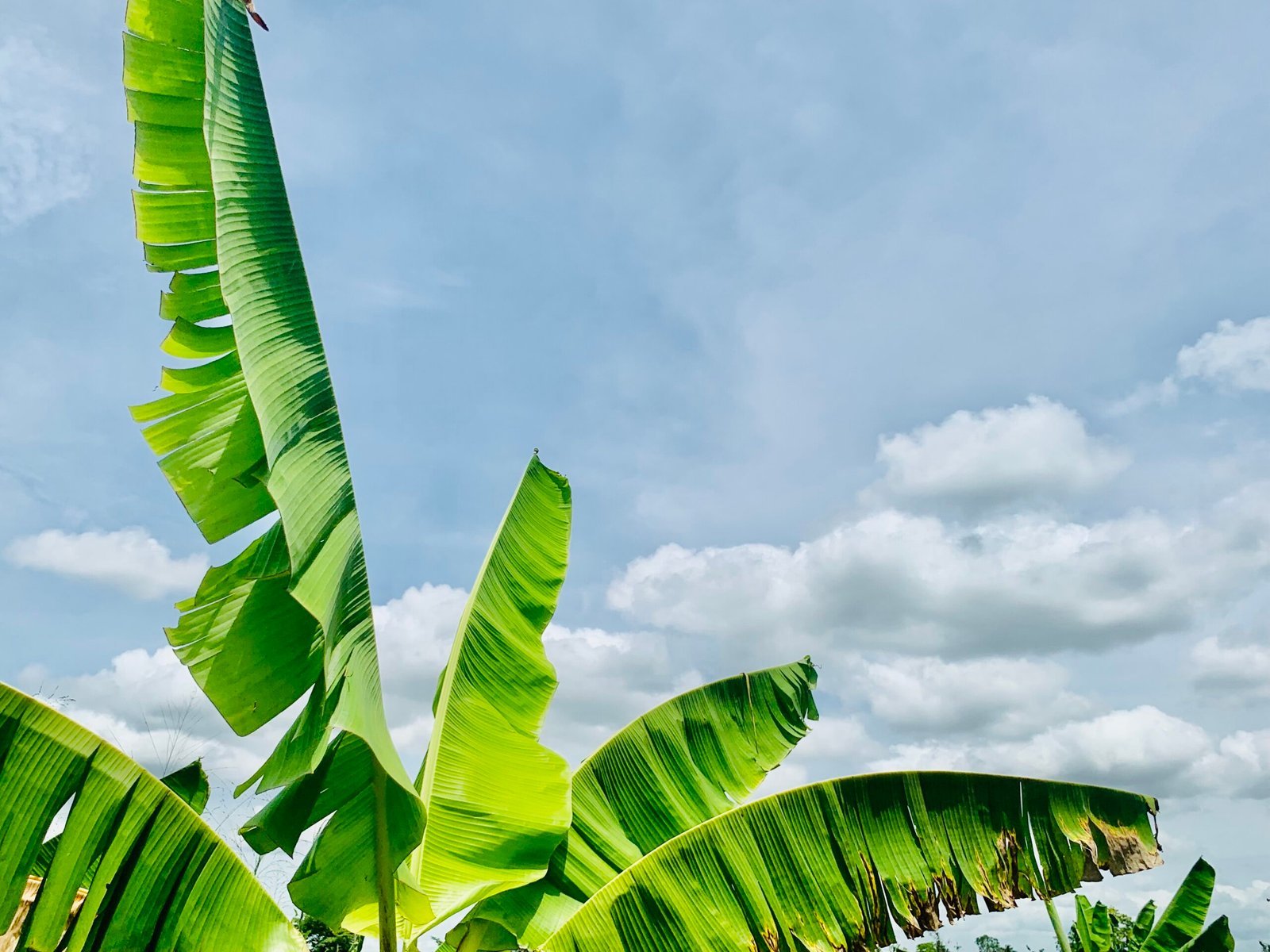WHAT ARE PLANTAINS?
Plantains (plantanos), or plantar major, are from the Plantaginaceae family. Plantains are a tropical fruit that is classified as a banana. It is a starchy food that comes in multiple varieties and is a staple around the world. The plant is a gigantic herb that grows green on the stem and ripen to yellow when ready to consume for most dishes.

WHERE DO PLANTAINS COME FROM?
Plantains originated in South East Asia. The Republic of Congo, Cameroon, and Ghana are the world’s top producers of plantain. Collectively, these three nations produce almost 12 million tones of plantain. Cameroon has the highest levels per capita consumption levels at 197 kilograms per person, followed by Ghana, which consumes 141 kilograms per person. According to IndexBox, the largest importers of plantain are the United States (27% of all imports), Saudi Arabia (11% of all imports), and South Africa (6% of all imports). The plantain market is growing fast.
WHAT IS THE INTERNATIONAL MARKET LIKE FOR PLANTAINS?

Again, as temperatures continue to rise, the demand for tropical fruit will continue to be high. Imported fruits always carry a higher price tag, and plantains are no different. In November 2023, the price for plantain is $.91 per pound. In
WHAT IS THE DOMESTIC MARKET LIKE FOR PLANTAINS?
Domestically, plantain yields good returns in comparison to other popular foods in the market. The arms of plantains come in different sizes – small, medium, and large – and are priced accordingly. When selling in bulk to traders and market place distributors, 100 arms is referred to as “one pole”. When buying from the farmer prices for each arm can range from 8 cedes an arm to up to 15 cedes an arm based on the number of pieces, the size, and general appeal of the fruit. From there, the fruit is sold in the market at 1 cede per finger on the low end, and 5 cedes for 3 fingers on the high end. Arms can sell for anywhere between 35 cedes and 70 cedes depending on the time of the year and the relative availability of plantain.

HOW DO YOU GROW PLANTAINS?
First, you will need access to at least one acre of cleared land with black or red soil. You will need at least 100 suckers, or off-shoots of parent plants, to get started. In Ghana, you can get a sucker from a local farmers for around 1 cede a tree. Plant each sucker approximately 5 – 7 feet apart from each other. It is important to leave room to grow – each tree will create anywhere from five to ten suckers – additional trees – from its roots. Plantains should be planted in a one foot hole and covered with fertile soil.
Both black and red soil are good for planting, although, generally, soil with small rocks, like the red clay soil are beneficial for the plant, and help the plantain grow. Throughout the growing season it is also important to weed around each plant. Often, farmers plant other crops such as cassava, cocoas, or yam in-between each tree in order to tame the earth and to discourage weeds from taking hold. In about 9 months, your plantains will begin to fruit. Plantains grow best in tropical climates and need adequate sun to flourish.

HOW DO YOU HARVEST PLANTAIN?
When the fruit is still green, it is important to harvest the plantain before it starts to spoil. To harvest the plant, simply cut the branch about one foot from the hanging fruit. Each plantain tree produces an “arm” of plantains that can have anywhere between 15 to up to 50 “fingers,” or individual plantain pieces. From there, the full tree can be beheaded, as it will not produce any more fruit. Cutting the tree allows for a greater amount of nutrients to be distributed to the smaller plants located at the base of the parent tree.
WHAT CAN YOU DO WITH PLANTAINS?
The fruit itself comes in different varieties ranging from green to yellow. Lovers of plantain eat the fruit fried, boiled, grilled, steamed, or as plantain chips. Plantains themselves are rich in carbohydrates, Vitamin C, fiber, and potassium.

HOW DO YOU GET STARTED FARMING PLANTAIN?
First, determine who your intended buyers are. Securing a future buyer for your crop, or at the very least, you should identify an appropriate criteria for your preferred buyers. Knowing where your harvest will go will help you make key decisions down the line. Second, you should identify the best shipping option for your future harvest. Your transport needs will differ depending on whether you chose to sell domestically or internationally. Next, you should gain access to suitable farmland. Try asking a family member or close friend if they have any land available for your projects – you may be able to negotiate a good rate. In any case, you will want to purchase or lease enough space for your desired yield.
Clear the area of all weeds, and plant as many trees as you can, maintaining five to seven feet between each tree. Remember your trees will reproduce, meaning your next harvest will increase by five- or even ten-fold if you have the space to replant the suckers. Apart from being delicious to eat, exporting plantain to non-tropical regions of the world is a profitable venture. Plantains have a long shelf life if kept in cool, dry places and can withstand shipping by sea or air. For best results, pay the premium cost to ship by air, and enjoy a high price all year round.














